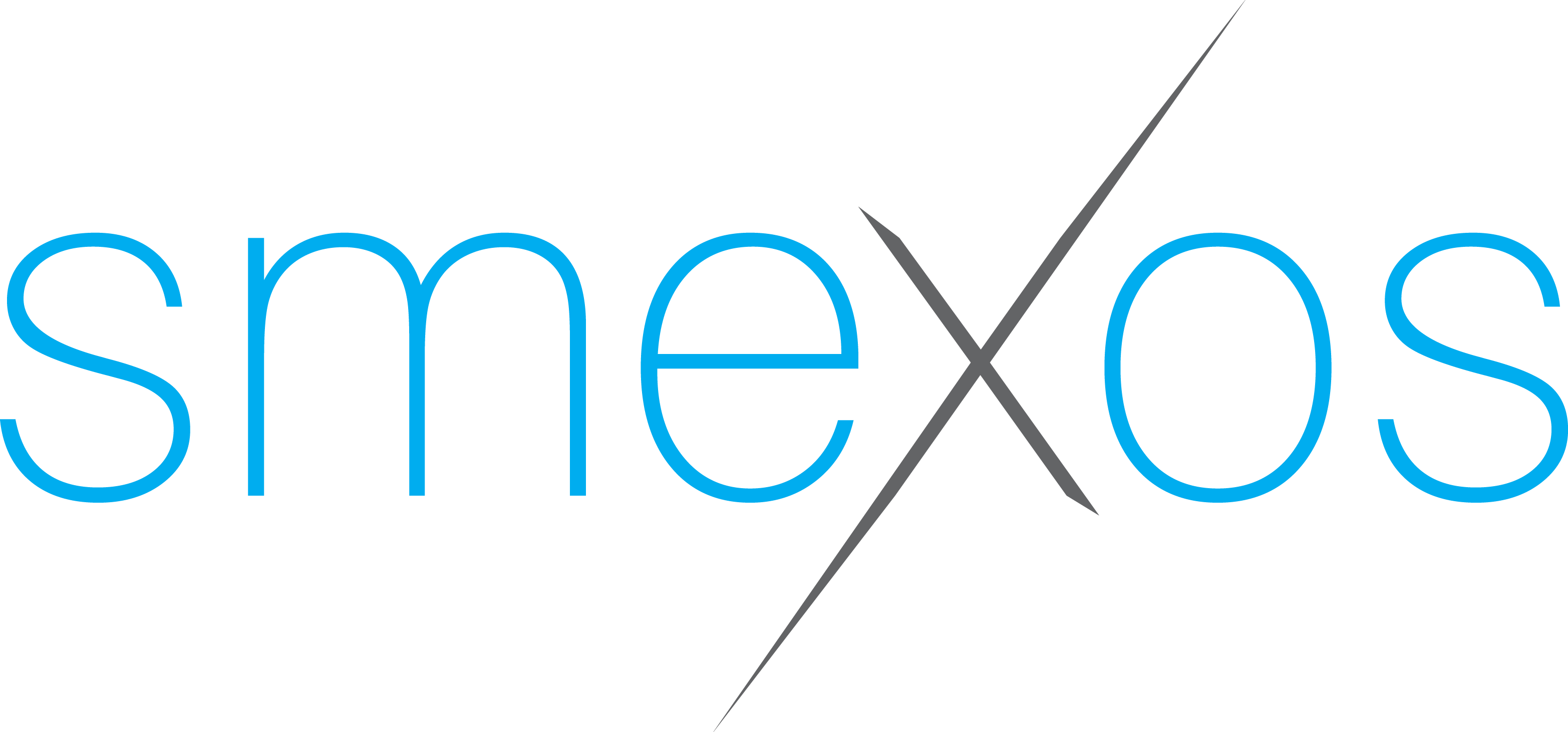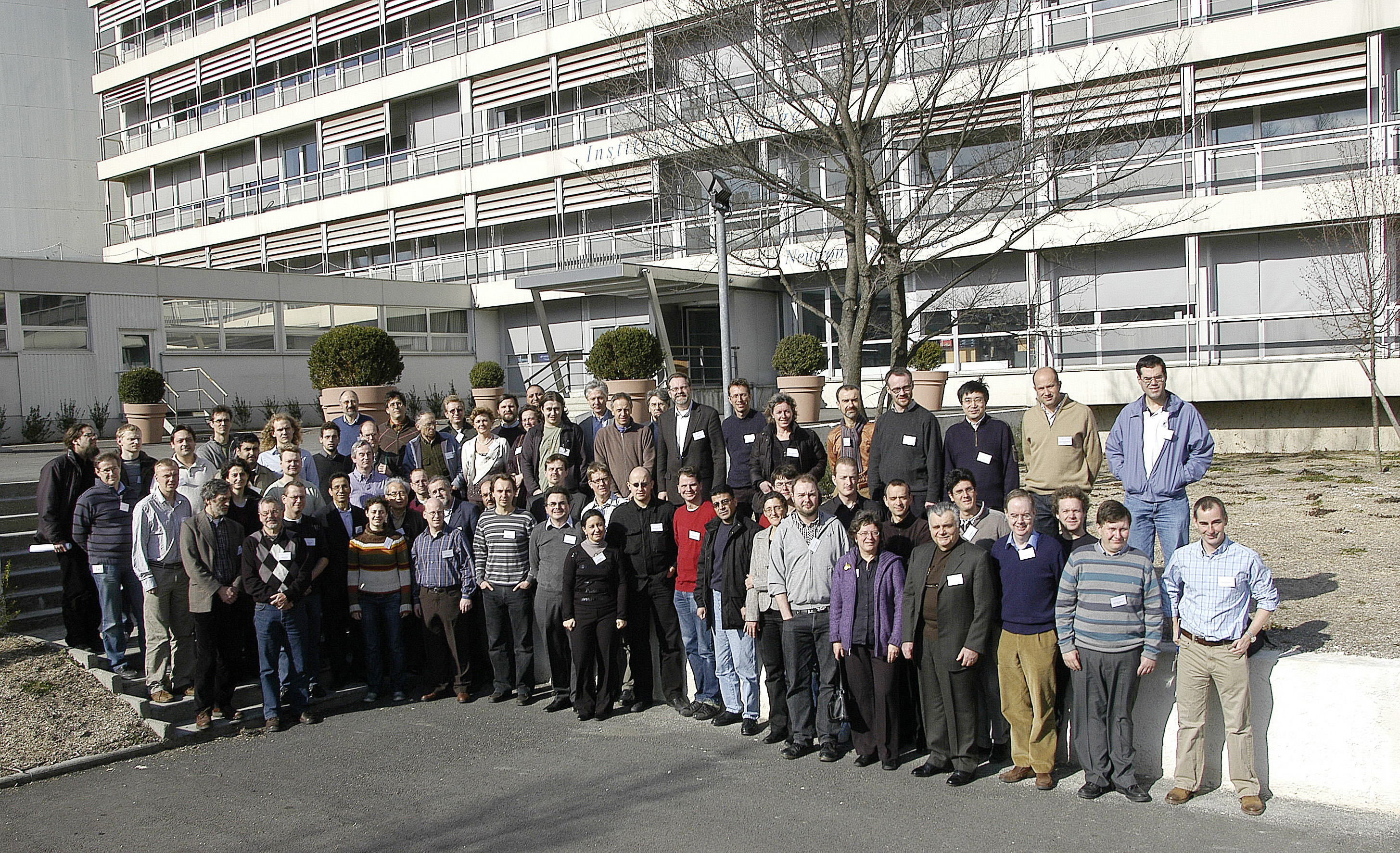Workshop Report
 ESRF Grenoble, 24-25 February 2009
ESRF Grenoble, 24-25 February 2009 

The SMEXOS workshop was attended by 78 registered participants (see photo), representing 30 laboratories and 6 companies from 12 countries (Europe, Russia, USA, Brazil, Jordan).

With the development of new light sources and the upgrade of existing facilities, software tools for X-ray optical simulations are playing an important role in the optimisation of individual optical components as well as overall beamline designs. The SMEXOS workshop provided an opportunity to bring together engineers and scientists developing optical simulation methods and those applying such methods for designing, optimizing and upgrading x-ray optics instrument design.
The program consisted of 25 oral presentations (12 invited , 13 contributed) and 11 poster contributions covering aspects including:
- Simulation of X-ray optical elements (including imperfections)
- Transformation of beam characteristics by optical elements
- Simulation methods for X-ray nanofocusing using reflective, refractive and diffractive components.
- Combination of algorithms (ray tracing, Monte Carlo, phase space, wavefront propagation)
- Analysis of data from metrology and their use in simulations
- Simulation and parametrization of the optical properties of sources (spectral, spatial, angular and time dependencies)
- Simulations of complete beamlines. Optimisation
- Software codes and packages (commercial, proprietary and open source)
The talks were punctuated by lively discussions throughout the duration of the workshop. Clearly, developments in this field are highly dispersed over many light sources and user groups. The workshop achieved its primary aim of raising awareness of the various developments currently being employed in and around the X-ray optics community. To this end, in the coming months with the assistance of the participants we aim to compile a directory of the identified developments, contacts and, where possible, future development plans for public distribution. The workshop was able to identify opportunities for synergies in developments and our hope is that this may serve to foster future collaborative efforts in this field. Nevertheless, although strategically important, with few exceptions, the code developments and improvements remain a part-time activity for many of the participants. In this context, externally funded collaborative projects might prove a valuable tool for accelerating progress and prioritising developments whilst simultaneously providing an incentive to limit the number of parallel developments.
There was consensus that the workshop was a valuable and rare opportunity for the geographically-dispersed actors in this field to meet and discuss the latest developments. Most participants considered that it would be useful to repeat this highly focused workshop in around two years time in a yet-to-be-determined location.
ESRF Optics, Scientific Software and Imaging Groups
R. Barrett, C. Ferrero, J-P. Guigay, J. Härtwig, C. Morawe, M. Sanchez del Rio.
Administrative Coordinator : F. Mengoni
Sponsors
The workshop was supported financially by the N2 Networking Activity of the FP6-I3 Project IA-SFS* (http://www.elettra.trieste.it/i3) and the ESRF (http://www.esrf.eu).
*Integrated Infrastructure Initiative (I3) "Integrating Activity on Synchrotron and Free Electron Laser Science" (IA-SFS), an EU supported program for research cooperation involving 16 laboratories and institutions throughout Europe: the world’s largest network of synchrotron and FEL facilities.



